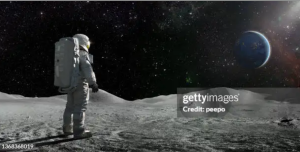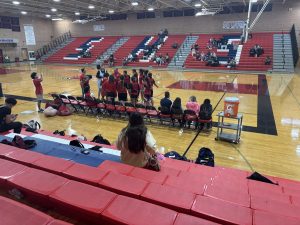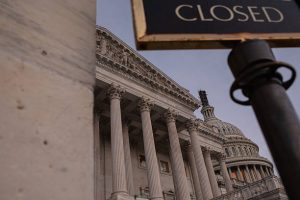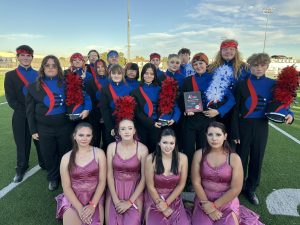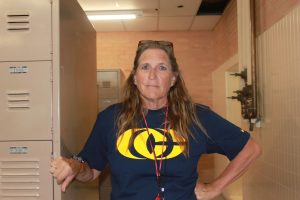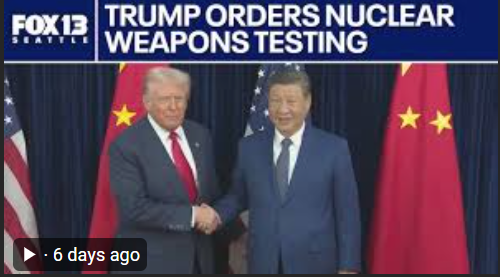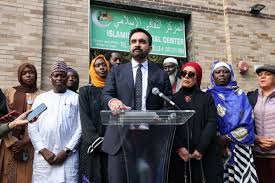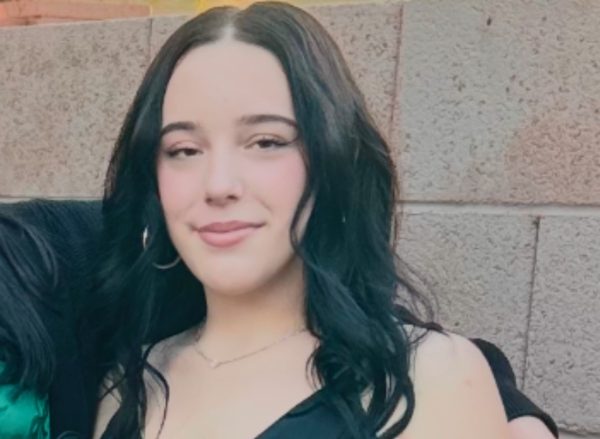What is currently being done about this? Some schools/districts are turning to educator prep programs to hire new teachers, offering “Grow Your Own” (GYO Programs). These programs provide support like financial aid, paid apprenticeships, and college-aligned pathways to help people earn degrees and become trained educators. Programs like these target individuals who live and or work in the community. This can include high school students, paraprofessionals, teaching assistants, and career changers, with a specific focus often placed on increasing the number of teachers of color. More districts are turning to these educator prep programs, in hopes of attracting more educators to their schools. According to the ADE, in 2021, the state had three school districts with five programs. And this year, it’s now at 22 districts with 50 programs.
A recent report from the Arizona Department of Education shows thousands of classrooms are left without permanent teachers just months into the 2025 school year. Arizona’s teacher shortage is so severe that state officials are saying this is intolerable. According to a recent state survey, approximately 1,055 teachers have quit since July 1, and nearly 4,200 teaching positions remain empty across the state of Arizona. About a third of those classrooms are now being staffed by long-term substitutes, while other classrooms rely on part-time teachers or even administrators to fill these empty jobs.
“This survey is disheartening because the solutions are very obvious. Just about any classroom teacher can tell you what is needed to thrive as educators and lead students to academic excellence. Better pay and robust support from administrators on discipline are vital,” Tom Horne, the Superintendent of Public Instruction, said. He had also proposed Prop 123 in one previous legislative session, in 2016. Lawmakers had discussed using money from the State Land Trust to increase teacher pay, but ultimately, nothing had passed.
Why is this happening? And why mainly in the State of Arizona? To state the obvious, teachers have been underpaid for years, and they have also been discouraged by the lack of administrative support for classroom discipline. Interest in teaching among high school and college students is at the lowest level it has been in years. But in Arizona, the teacher shortage is mainly due to blame on the low salaries compared to other states, limited resources, overfilled classrooms, and a more difficult political climate for educators to teach in. The average public school teacher salary in Arizona is $62,714—approximately $4,000 below the national average as of today. Arizona is a state that has long underfunded public education, and it only recently began approving record funding increases. The deterioration of teacher salaries is progressively falling short, and the state of Arizona has been struggling with a teacher shortage since at least 2016.

